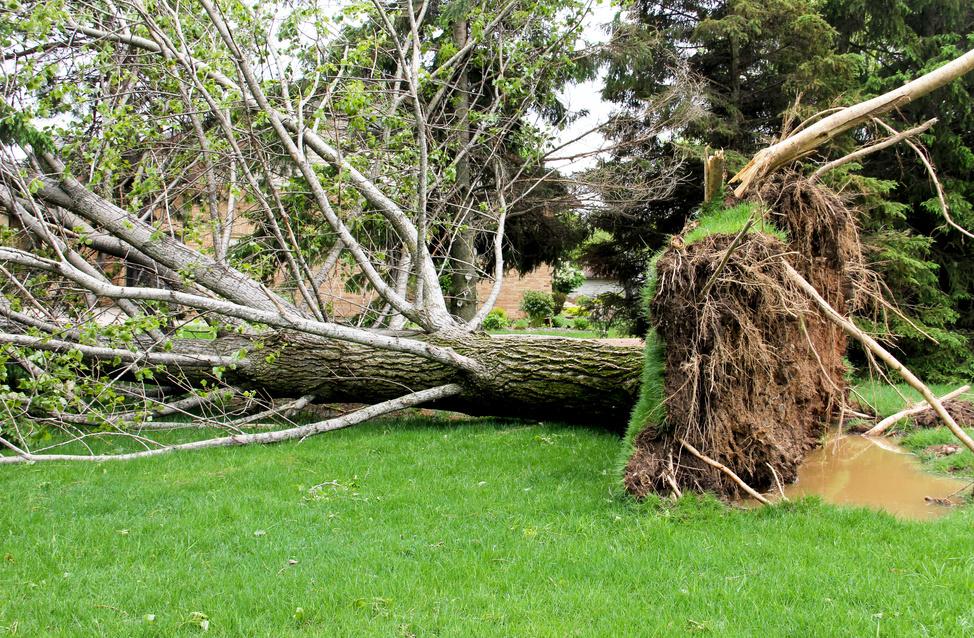
1 minute read
Getting Your Getting Your Getting Your Yard Hurricane Ready Yard Hurricane Ready Yard Hurricane Ready Plan
Ahead
Preparing your landscape for hurricane season requires thinking ahead To keep your yard and home safe when high winds come, keep hurricanes in mind when planning your gardens, planting new trees, and doing regular home maintenance. If your yard and home are well taken care of and wind resistance is considered, you will be in a much better place when storms do arrive.
Advertisement
Choosing and keeping the right trees and shrubs for your landscape is important for long term tree health and safety Certain species or cultivars of plants, Bradford Pear for example, are inherently prone to failure Removing them from the landscape or, better yet, never planting them in the first place, will significantly improve the chances of minimizing storm damage
Choose plants that are size-appropriate for your landscape. Don’t rely on excessive pruning to keep plants reduced to the desired size. Excessive pruning can lead to poor branch structure with weak branch attachment.
Look up as well as around when placing plants in the landscape Never plant trees and larger shrubs under power or utility lines Utility companies have the obligation and right to remove or reduce the size of plants interfering with their lines The work typically is done by subcontractors, and all do not have the experience and/or knowledge to do it correctly Many times the offending trees are simply cut off several feet below the utility lines This practice of ‘hat-racking’ or ‘topping’ creates more problems than it solves The often vigorous regrowth is weakly attached to the main trunk and branches and is very wind susceptible
Routine Maintenance
Routine maintenance on your trees and shrubs can prevent undue damage to home and property. Regardless of the strength of the storm, a hurricane is very likely to tear off any dead, decaying or damaged branches which could become projectiles and cause damage Properly prune plants by removing unhealthy branches in late winter or spring Just before a hurricane is not the time to prune unless you have some place to dispose of the plant debris which otherwise could become dangerous projectiles If you have fruit-bearing plants in your landscape, consider harvesting fruit prior to a hurricane, because even a small fruit can become a dangerous projectile at high wind speeds
All plants benefit from regular maintenance and pruning, but do not confuse ‘hurricane pruning’ with maintenance. Hurricane pruning, especially on palms (Figure 1), involves the process of removing the majority of leaves with the mistaken idea that the plant will become more wind resistant, when in fact it becomes more susceptible to storm damage. Over-pruning significantly reduces the plants’ ability to produce the food (sugars) produced by photosynthesis.










